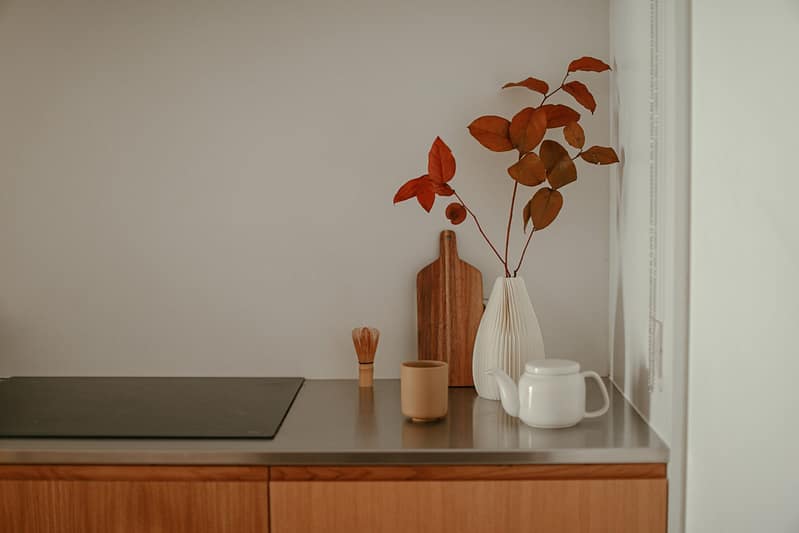Looking to create a harmonious and positive energy in your kitchen? Look no further than feng shui! This ancient Chinese practice has been used for centuries to achieve balance and harmony in the home, and now you can bring it into your Australian kitchen. With a few simple tweaks, you can transform your cooking space into a calming oasis that promotes health, wealth, and happiness.
In feng shui, the kitchen is considered the heart of the home, and it is believed that the energy that flows through the kitchen affects the ambiance and energy of the entire house. Therefore, it is essential to make sure that your kitchen is balanced and optimized for good energy flow.
Here are some tips for applying feng shui principles in your kitchen:
-
Declutter: One of the basic principles of feng shui is to clear the clutter, and this applies to the kitchen as well. Remove any unnecessary items that are taking up valuable counter or storage space. This includes old appliances, expired foods, and excess utensils. A clutter-free environment allows for better energy flow and promotes a clear and focused mindset while cooking.
Next, consider the placement of key items in your kitchen. The stove should be positioned so that it’s easily accessible and has a clear view of the room. Additionally, avoid placing the stove directly facing the sink or refrigerator as this creates a clash of elements.
-
Lighting: One key element to creating a feng shui kitchen is lighting. Adequate lighting not only makes it easier to prepare meals but also creates an uplifting atmosphere. Natural light is always best, so consider adding windows or skylights if possible. If natural light is limited, use warm-toned bulbs instead of harsh fluorescent ones. And don’t forget about task lighting for specific areas like the stove or sink.
Another aspect of feng shui kitchen lighting is the use of candles or dimmer switches during meal times… ❤️
-
Colors: Colors have a significant impact on the energy flow in a room, and the same applies to the kitchen. Choose colors that promote energy and vitality such as warm tones like yellow, orange, and red, that symbolizes luck, joy, and passion – all great things to have present in your kitchen! However, it’s important not to overdo it with red; too much can be overwhelming or even agitating. Instead of painting all four walls bright red, consider using accents like dish towels or small appliances in this lucky hue.
-
Five elements: According to feng shui, the five elements (water, wood, fire, metal, and earth) should be represented in the kitchen. Balance these elements by having water in the form of a fountain or a plant, wood in the form of wooden utensils or a chopping board, fire in the form of a stove, metal in the form of stainless steel appliances, and earth in the form of a clay pot or a terra cotta bowl.
-
Direction: The direction of the kitchen is also important in feng shui. It is best to have the kitchen facing east or southeast as this promotes positive energy and nourishment.
 If you are interested in learning more about feng shui for the kitchen, there are several books and apps that can help. Here are some examples:
If you are interested in learning more about feng shui for the kitchen, there are several books and apps that can help. Here are some examples:
-
“Feng Shui for the Soul” by Denise Linn: This book provides practical guidelines and tips for applying feng shui principles to various areas of life, including the kitchen.
-
“The Feng Shui Bible” by Simon G. Brown: This book provides a comprehensive overview of feng shui and its practical applications, including tips and techniques for optimizing the kitchen.
-
“Feng Shui Kitchen” app: This app provides a step-by-step guide for balancing the energy flow in your kitchen using feng shui principles. It also includes tips for decluttering, choosing colors, and creating a harmonious space.
-
“Feng Shui Tips” app: This app provides a variety of tips and advice for applying feng shui principles to different areas of life, including the kitchen.
In conclusion, incorporating feng shui principles into your kitchen can create a more harmonious and balanced space, which can positively impact the energy flow in your home. With the help of books and apps, you can easily learn and apply these principles to your kitchen.








